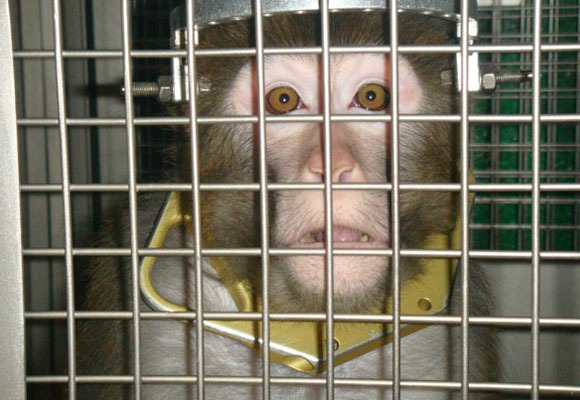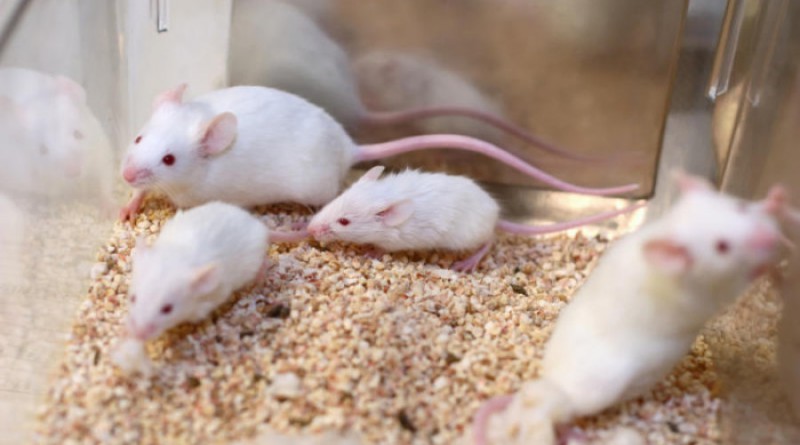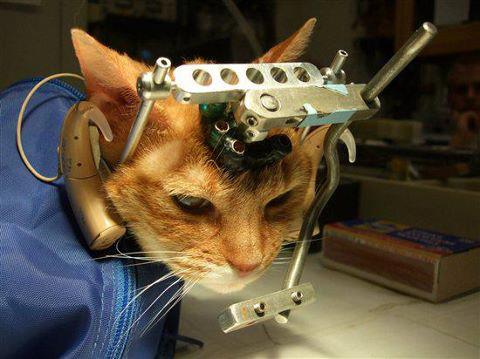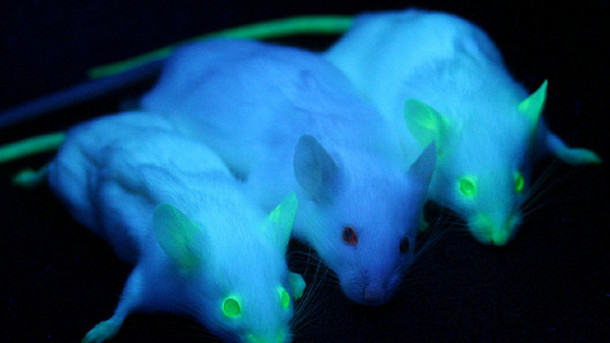Experiments performed on animals can be split into three very broad categories: pure research (where experiments have no direct commercial application and are used only for basic knowledge); applied research (where specific biological problems are studied with the intention to develop commercial products for medical or non-medical use); and toxicology testing (where commercial products are tested on animals to measure potential adverse reactions to the ingredients used).
Pure Research
Both the largest number and greatest variety of animals are used in this type of research. Scientists claim that the goal of this research is to increase the knowledge of the way animals behave, develop and/or function.
Applied Research
Applied research is used to allegedly solve specific and practical problems, often relating to the treatment or cure of disease and disorder in humans. This type of research is typically carried out on animals who have been genetically modified, infected by some pathogens or physically harmed, to mimic certain human diseases or conditions. The animals are then used to either test “theoretical” cures or are observed to watch how specific diseases develop.
Pharmaceutical companies, medical research institutions, scientists and professional researchers have traditionnally endorsed all of these forms of research. However, a growing number of scientists question the value and effectiveness of these practices as animals do not model human diseases accurately.
Toxicology Testing
Toxicology testing, conducted by pharmaceutical companies or by contract animal testing facilities such as the infamous Hungtindon Life Sciences, consists on testing drugs and other chemicals (pesticides, food additives, etc.) on animals to supposedly test their safety for human use. The substances may be applied to the skin or dripped into the eyes; injected intravenously, intramuscularly or subcutaneoulsly; inhaled either by placing a mask over the animals and restraining them, or by placing them in an inhalation chamber; or administered orally, through a tube into the stomach, or in the animal’s food. The LD50 (“Lethal Dose 50%”) test is used to determine the dose required to kill 50% of the tested animals; the Draize test consists in applying a substance to an animal’s eyes or skin, and observing the effects (damages, irritation, etc.) of the substance at determined intervals.






